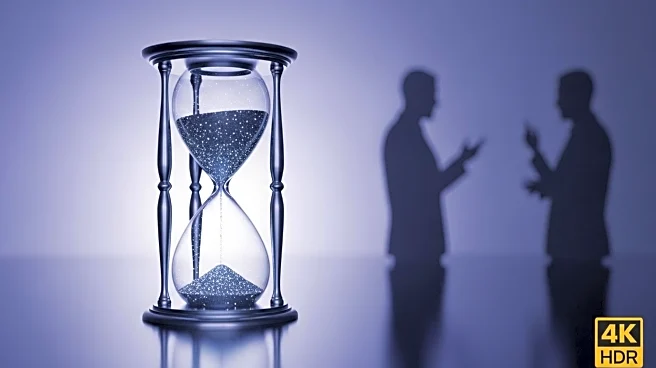What's Happening?
A study conducted by Southwest University in China has found that listening to cheerful and soft music can significantly reduce motion sickness symptoms. The research involved 40 participants who were subjected to a travel simulator to identify those prone to motion sickness. Participants were divided into groups, with some receiving music therapy and others not. The study revealed that cheerful music reduced nausea by 57.3%, soft music by 56.7%, and romantic music by 48.3%. In contrast, sad music was less effective, with recovery rates slightly lower than resting in silence. The researchers used electroencephalogram sensors to monitor brain activity, noting changes in the occipital lobe during nausea episodes.
Why It's Important?
Motion sickness affects many travelers, and current medications often have side effects such as fatigue. This study suggests that music could offer a noninvasive, low-cost alternative for managing motion sickness. By providing a personalized treatment option, music therapy could enhance travel experiences for those affected by motion sickness. The findings highlight the potential for music to influence brain activity and alleviate symptoms, offering a promising avenue for further research and application in therapeutic settings.
What's Next?
Further research is needed to confirm the link between music type and motion sickness relief, as the study's small sample size limits its statistical power. Researchers suggest expanding the study to include a larger participant pool and exploring the effects of different music genres on motion sickness. This could lead to more comprehensive guidelines for using music as a therapeutic tool in travel and healthcare settings.
Beyond the Headlines
The study opens up discussions on the broader implications of music therapy in healthcare, particularly in non-pharmacological interventions for common ailments. It raises questions about the role of music in mental health and stress management, potentially influencing future research in these areas.











